Introduction
In the realm of traditional Chinese medicine (TCM), achieving balance and vitality often hinges on nourishing the body’s qi (life energy) and blood. These two elements are foundational to overall health, influencing everything from energy levels and immune function to skin radiance and emotional well-being. Among the many herbal remedies and dietary practices designed to support qi and blood, red date tea stands out as a simple, accessible, and deeply nourishing elixir. Red dates, or jujube fruits (Ziziphus jujuba), have been cherished for millennia in TCM for their ability to tonify the spleen, harmonize the stomach, and enrich the blood. When brewed into a warm, aromatic tea, they offer a gentle yet potent boost to those seeking to replenish their vitality. This article explores the art of crafting red date tea, delving into its ingredients, preparation methods, health benefits, and cultural significance.
The Ingredients: Simplicity Meets Potency
At the heart of red date tea lies the humble red date itself. These small, wrinkled fruits—resembling dates but with a sweeter, more complex flavor—are packed with nutrients that align perfectly with TCM principles. Rich in iron, vitamin C, and antioxidants, red dates support hemoglobin production and circulation, making them a cornerstone of blood-nourishing remedies. To enhance the tea’s effects, practitioners often combine red dates with complementary ingredients:
- Red Dates (10–15 pieces): Opt for plump, dark-red dates with a glossy sheen. Organic varieties are preferable to avoid pesticide residues.
- Goji Berries (1 tablespoon): Also known as wolfberries, these add a mild sweetness and boost liver and kidney health.
- Fresh Ginger (1-inch slice): Ginger warms the spleen and stomach, aiding digestion and circulation.
- Rock Sugar or Honey (optional): A touch of natural sweetness balances the tea’s earthy notes.
- Water (4–6 cups): Use filtered water to ensure purity.
Preparation Methods: From Basic to Enhanced
Crafting red date tea is an intuitive process, but subtle variations can tailor its effects to individual needs. Below are three methods, ranging from minimalist to elaborate.
Classic Red Date Tea
Step 1: Rinse and Prepare
Gently rinse the red dates under cool water to remove dust. For a deeper flavor, slice them open or poke holes with a fork to release their juices during brewing.
Step 2: Simmer
In a stainless-steel or ceramic pot, combine the red dates, goji berries (if using), and ginger with 4 cups of water. Bring to a boil, then reduce heat to a gentle simmer. Cover and let steep for 20–30 minutes. The longer the simmer, the richer the taste.
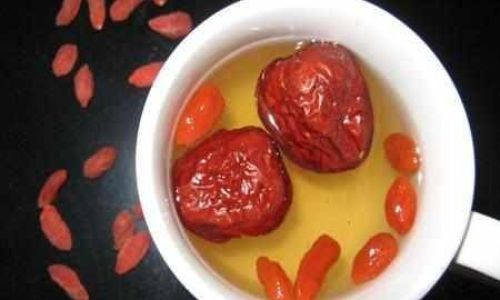
Step 3: Strain and Serve
Remove from heat, strain the liquid, and discard the solids. Sweeten to taste with rock sugar or honey. Serve warm, ideally in the morning or afternoon to align with the body’s digestive rhythms.
Fortified Red Date Elixir
For those seeking enhanced blood-building effects, add:
- 1 tablespoon of dried longan fruit: Known as gui yuan in TCM, longan nourishes the heart and calms the spirit.
- 2–3 dried Chinese red dates (hong zao): These are larger and sweeter than standard red dates, amplifying the tea’s tonic properties.
Follow the classic method, simmering for an additional 10 minutes to extract maximum flavor.
Iced Red Date Infusion (Summer Variation)
On sweltering days, red date tea can be enjoyed chilled:
- Double the water quantity to 8 cups and simmer for 45 minutes.
- Let cool, then refrigerate overnight.
- Serve over ice with a squeeze of lemon and a sprig of mint.
The Science Behind the Sweetness: Health Benefits of Red Date Tea
Red date tea’s appeal extends beyond tradition; modern research corroborates many of its purported benefits:
-
Blood Enrichment:
- Red dates are a natural source of iron and vitamin C, which enhances iron absorption. This combination supports hemoglobin production, making the tea beneficial for anemia or fatigue.
- Goji berries contain beta-carotene and zeaxanthin, antioxidants that protect blood vessels and improve circulation.
-
Digestive Harmony:
Ginger’s anti-inflammatory properties soothe the stomach lining, while red dates’ fiber aids regularity. Together, they alleviate bloating and indigestion.
-
Stress Reduction:
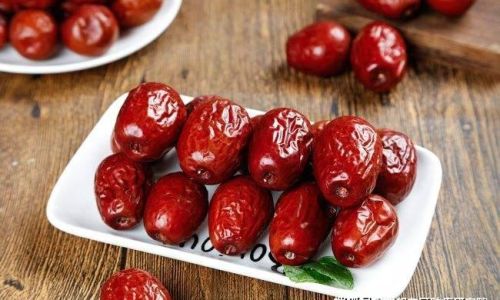
The tea’s warm, comforting nature promotes relaxation. Goji berries, in particular, have been linked to reduced cortisol levels and improved sleep quality.
-
Skin Rejuvenation:
Vitamin C and antioxidants combat free radicals, slowing premature aging and brightening the complexion.
Cultural Context: Red Dates in TCM and Beyond
Red dates hold a revered place in Chinese culinary and medicinal traditions. Their use dates back over 3,000 years, with mentions in ancient texts like the Shen Nong Ben Cao Jing (Divine Farmer’s Classic of Materia Medica). In TCM philosophy, red dates are classified as a qi-tonic, meaning they strengthen the body’s vital energy without causing stagnation. They are often prescribed for postpartum recovery, menstrual irregularities, and chronic fatigue.
Beyond tea, red dates feature prominently in soups, congee, and desserts. During the Lunar New Year, they symbolize prosperity and are gifted in decorative boxes. This cultural embeddedness underscores their role as more than just food—they are symbols of health and vitality.
Safety and Considerations
While red date tea is generally safe for most people, moderation is key. Overconsumption may lead to:
- Digestive Discomfort: Excess fiber can cause bloating in sensitive individuals.
- Blood Sugar Fluctuations: Despite their natural sweetness, red dates have a low glycemic index. However, diabetics should consult a healthcare provider before regular use.
- Interactions: Those on blood-thinning medications should monitor intake, as vitamin K in red dates may affect clotting.
Customizing Your Brew: Adaptations for Specific Needs
Red date tea’s versatility allows it to address a range of concerns:
- For Anemia: Add 1 tablespoon of blackstrap molasses for an iron boost.
- For Cold Hands/Feet: Include 2–3 slices of astragalus root (huang qi) to invigorate qi and warm the extremities.
- For Insomnia: Steep with 5–6 dried chrysanthemum flowers to calm the mind.
Conclusion: A Daily Ritual for Holistic Wellness
Red date tea is more than a beverage—it is a testament to the harmony between nature and nourishment. Whether sipped to combat fatigue, soothe digestion, or simply savor a moment of calm, this ancient elixir offers a bridge to holistic well-being. By understanding its ingredients, preparation, and benefits, you empower yourself to embrace a practice rooted in tradition yet relevant to modern life. As always, consult a TCM practitioner or healthcare provider before making significant dietary changes, especially if managing chronic conditions. With a kettle, a handful of dates, and a willingness to slow down, you can brew a cup of vitality that nourishes body and spirit alike.
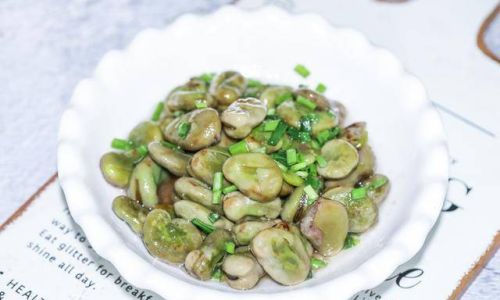
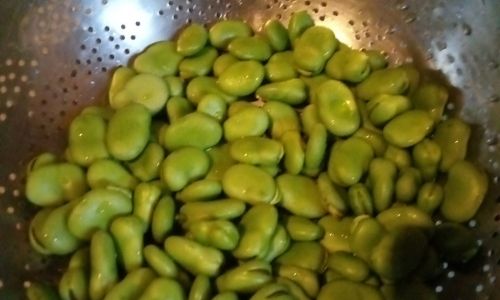
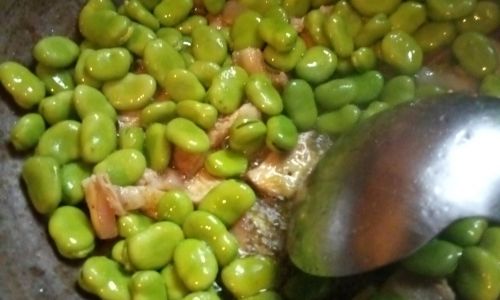
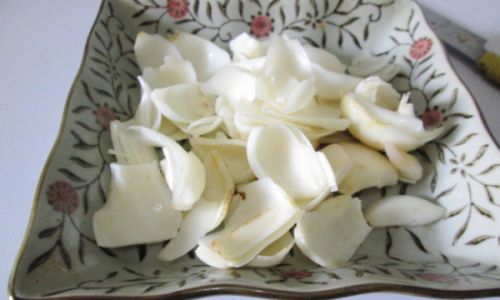
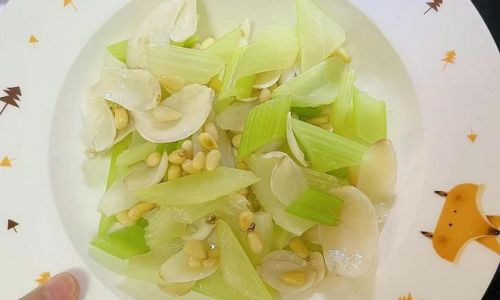
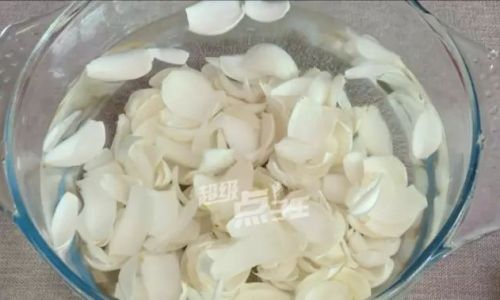
0 comments